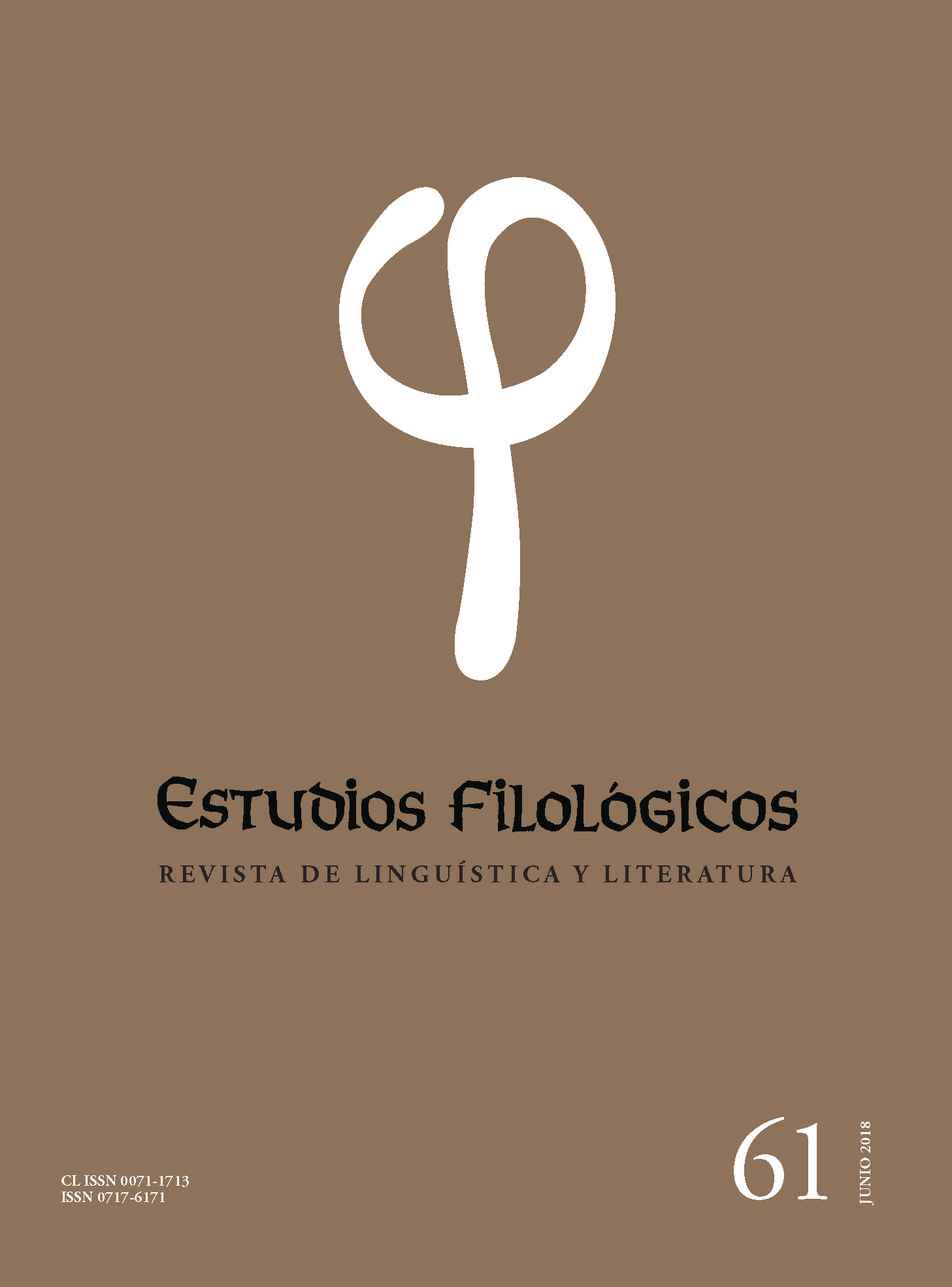The two poems “Tour Eiffel” by Vicente Huidobro: Iconic senses and visual poetry translation
Main Article Content
Abstract
We will tackle the translation of visual poetry based on two examples selected from the avant-garde period (1918 and 1921 respectively), two poems written in French by Vicente Huidobro.
The sense (in both its sensory and semantic aspect) and its relation to a plural and non-immanent conception of it will be examined through contrastive analysis of two visual poems, which, despite carrying the same title, Tour Eiffel, derive from very distinct composition processes. One of these examples shares features of the calligramatic genre, while exploiting analytical and synthetic techniques of Cubism (d'Asprer 2002); while the other combines painting and poetic writing, with the text inserted in a figurative background of thematic reference and where intense colour predominates. These two modalities of iconicity: secondary iconicity (in accordance with G. Sonesson's terminology), in the first case, and direct iconicity in the second, as well as some nuanced distinctions between imagic, diagrammatic and metaphoric iconicity (Peirce 1903), more sensitive to the plural and dynamic nature of the creative process and of significance, will serve as a basis for engaging in poetic and reflective translation (Berman 1985) and for analysing the process we have followed in elaborating it in Spanish.

